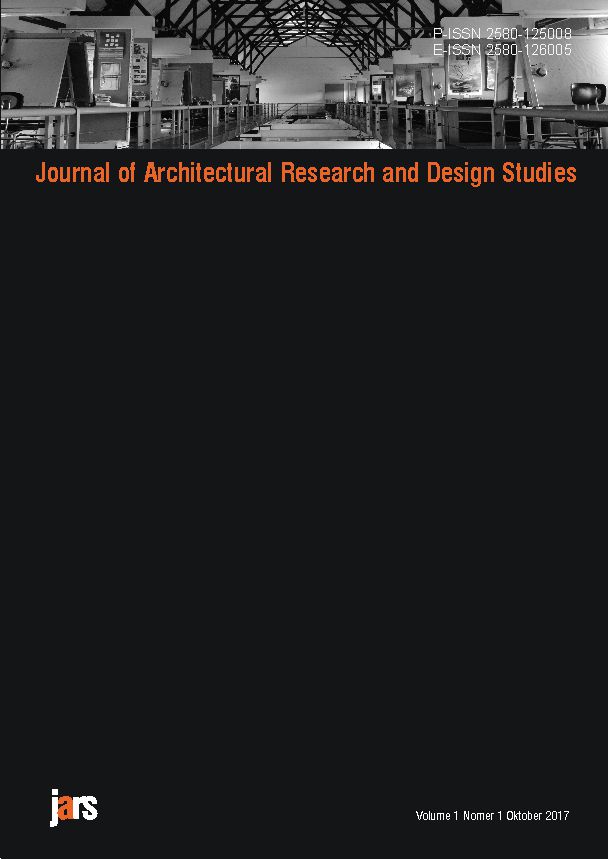Main Article Content
Abstract
Kutai Kartanegara in the past was part of The Kingdom of Kutai, the oldest kingdom in Indonesia from the 4th to to 13th century. However, the data about this kingdom is very limited including the information about the architecture at that era. The interest to identify the character of Kutai Kartanegara such as the architecture has grown from the government and the society as the media to express the local identity. Thus, this research aims to identify the traditional architectural features of Kutai Kartanegara based on comparative analysis with the house of Lamin Dayak Kenyah and Architecture of Melayu Perak Malaysia. The method used in this research is comparison between traditional architecture of Dayak ethnicity and Malay traditional architecture through literature review. The result of library studies is then compared with the empirical data about traditional architecture of Kutai Kartanegara from field observation and measured drawing to one of the selected cases of traditional house of Kutai. From the findings of this research, it can be concluded that besides there is similarity with the two comparing architectures, the traditional architecture of Kutai has the specialty from the morphological aspect of layout and orientation. In addition, it also functions as single family dwelling with simpler geometrical ornamentation.
Key Word: traditional architecture, identity, Kutai Kartanegara.
Keywords
Article Details
Authors who publish with this journal agree to the following terms:
- Authors retain copyright and grant the journal right of first publication with the work simultaneously licensed under a Creative Commons Attribution License that allows others to share the work with an acknowledgement of the work's authorship and initial publication in this journal.
- Authors are able to enter into separate, additional contractual arrangements for the non-exclusive distribution of the journal's published version of the work (e.g., post it to an institutional repository or publish it in a book), with an acknowledgement of its initial publication in this journal.
- Authors are permitted and encouraged to post their work online (e.g., in institutional repositories or on their website) prior to and during the submission process, as it can lead to productive exchanges, as well as earlier and greater citation of published work.
- Articles and all related material published are distributed under a Creative Commons Attribution-ShareAlike 4.0 International License.
